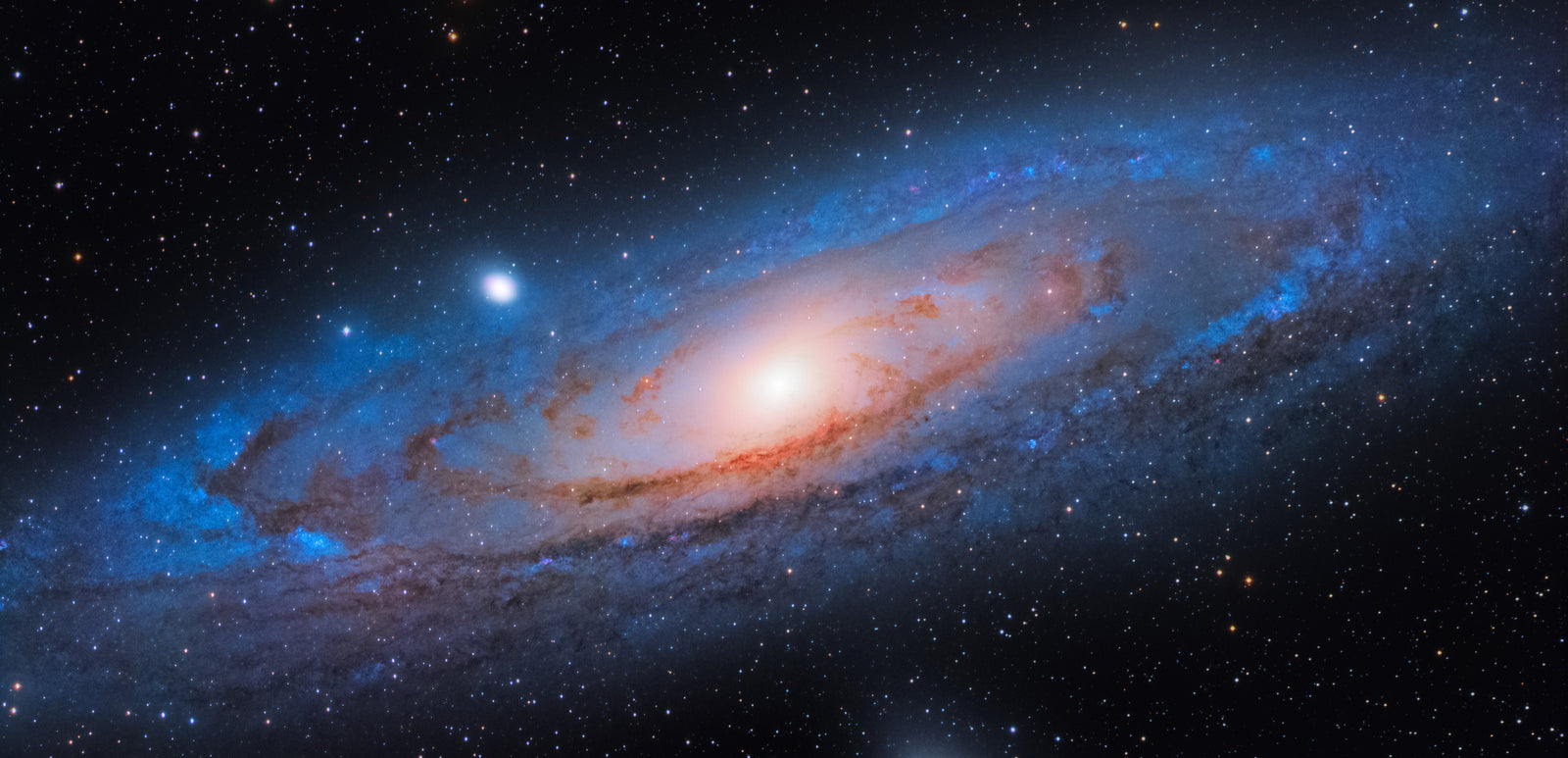What are solar filters for telescopes?
Solar filters are attachments placed over a telescope lens for safely viewing the sun. Designed to block all or most sunlight, they allow you to view or photograph the sun’s constant activity or solar eclipses without harming your eyes.
How do I choose a solar filter for my telescope?
Look for a quality filter from a well-known brand, and make sure it’s designed to fit your camera. If you’re just starting out in solar observation, white light filters are less expensive than H-alphas. However, they reveal a different view of the sun’s layers. Glass filters are typically safer than film filters since they aren’t prone to pinpricks or tears that can let in direct sunlight.









